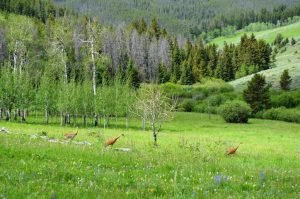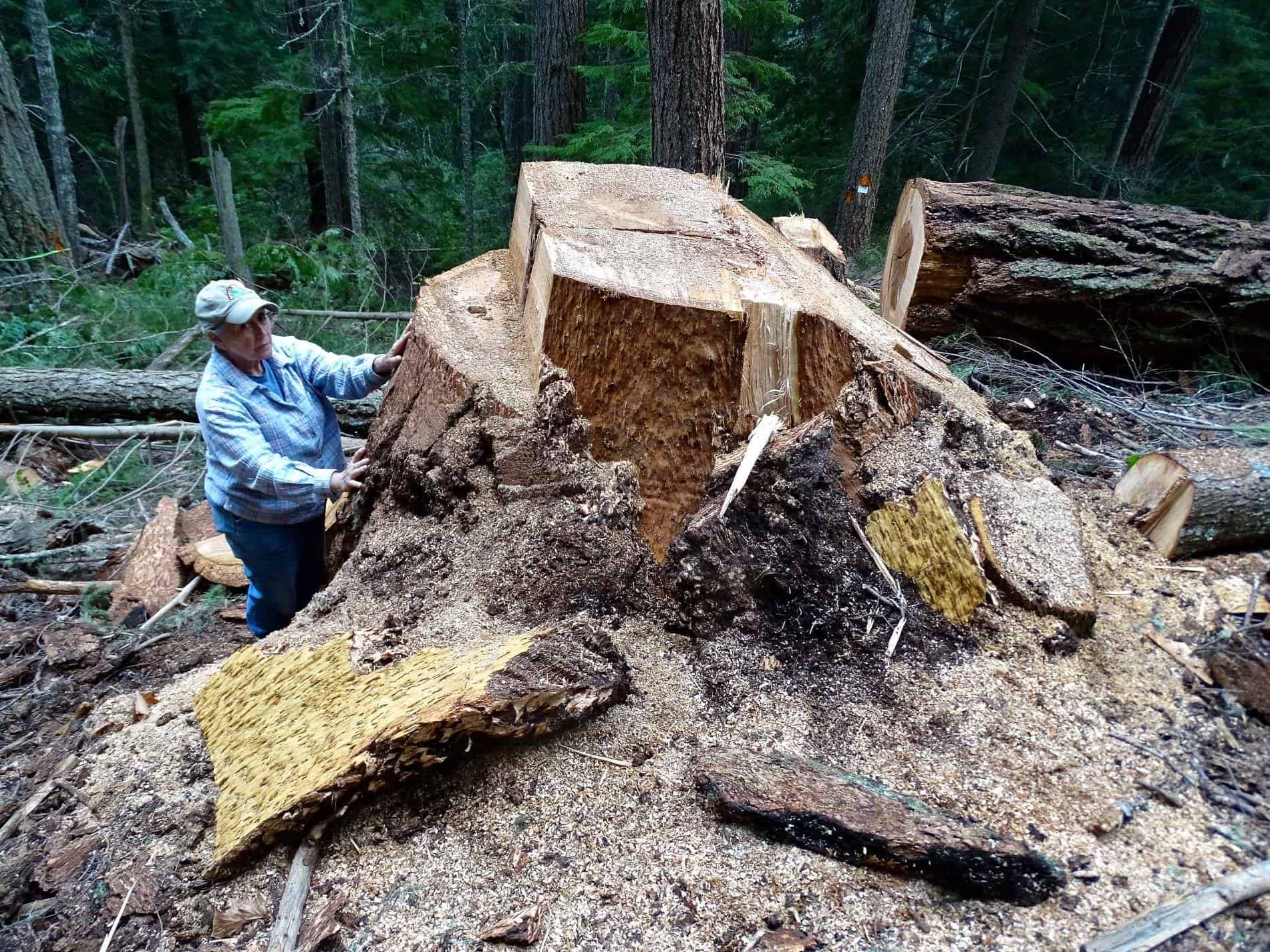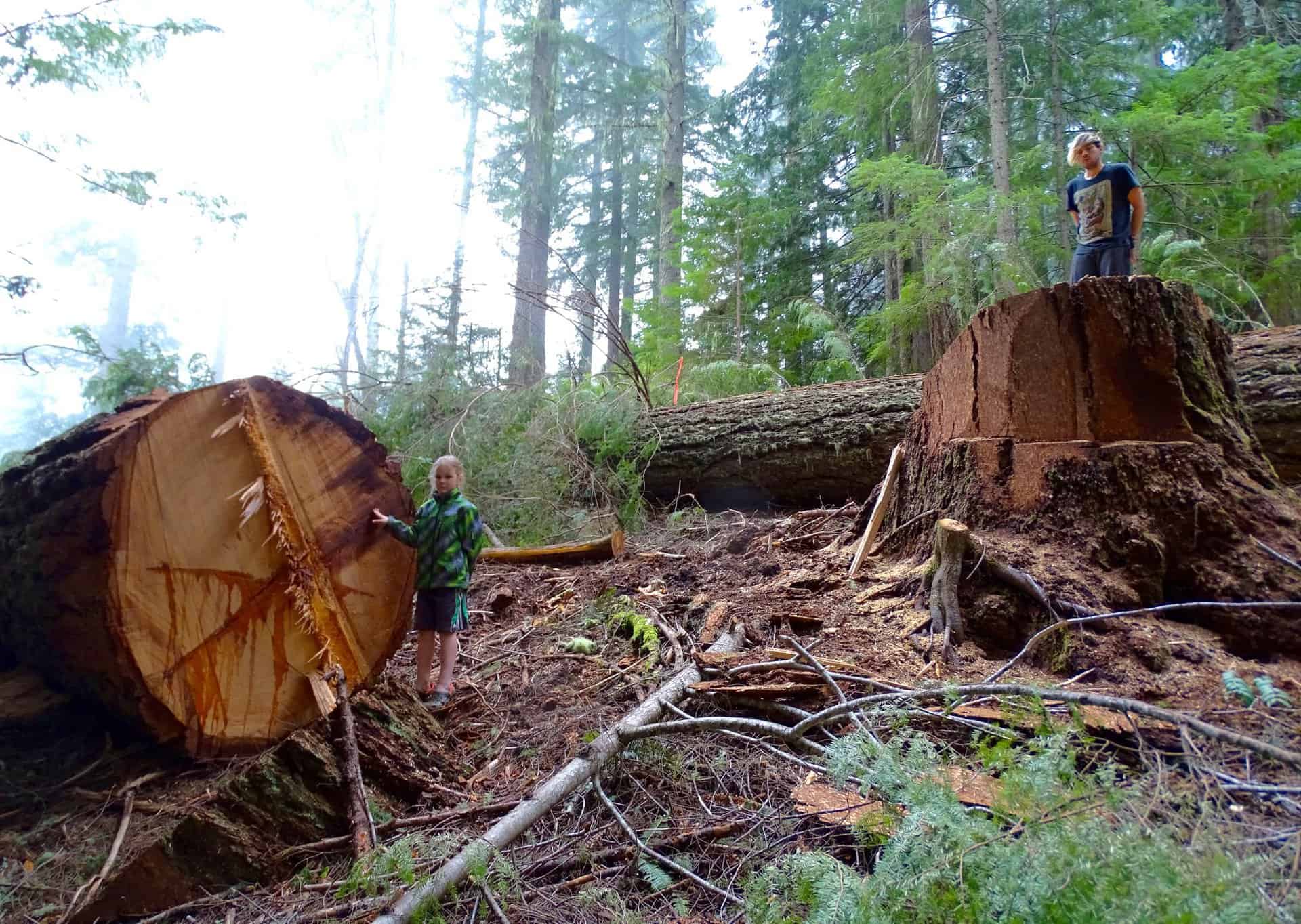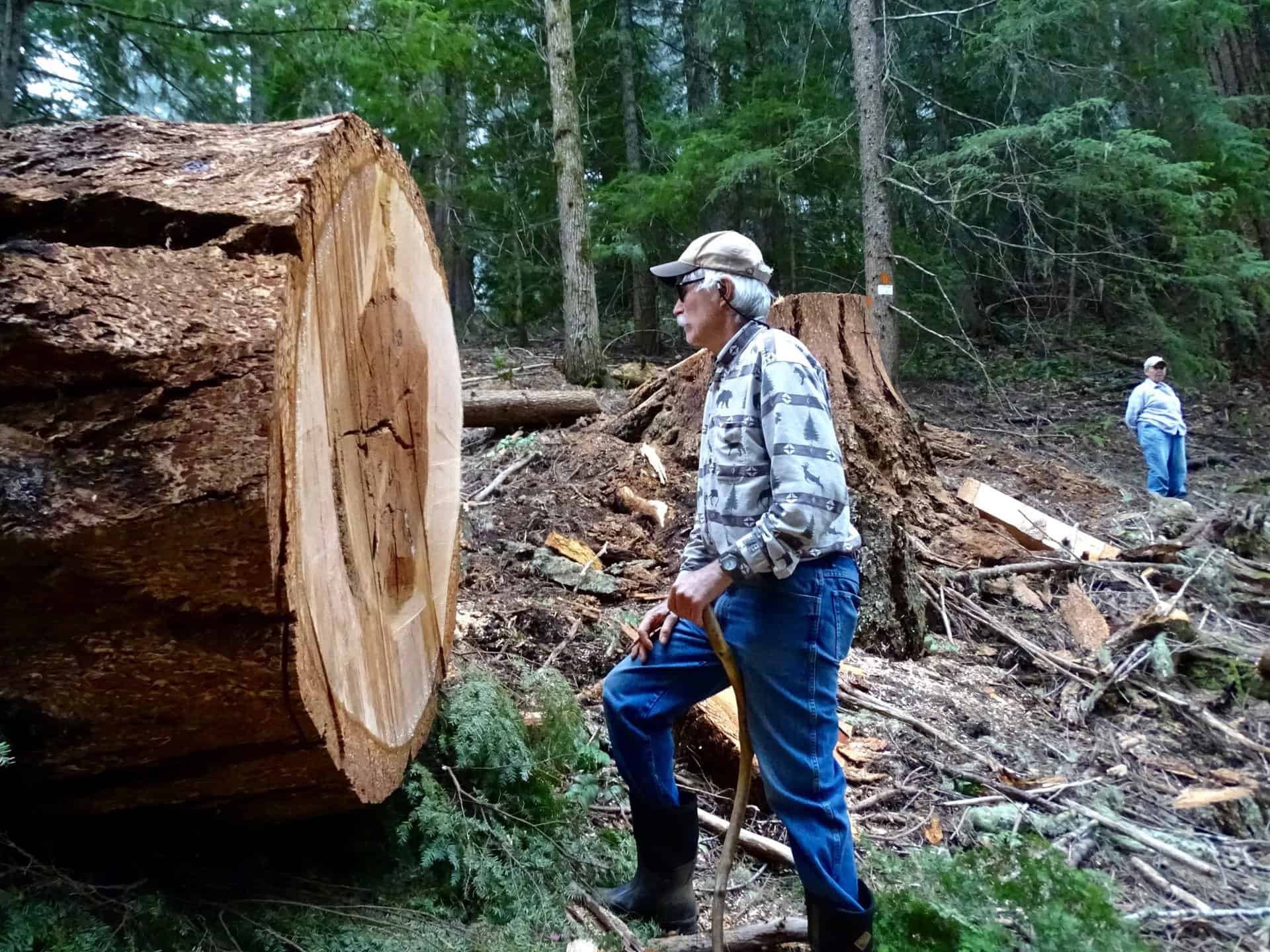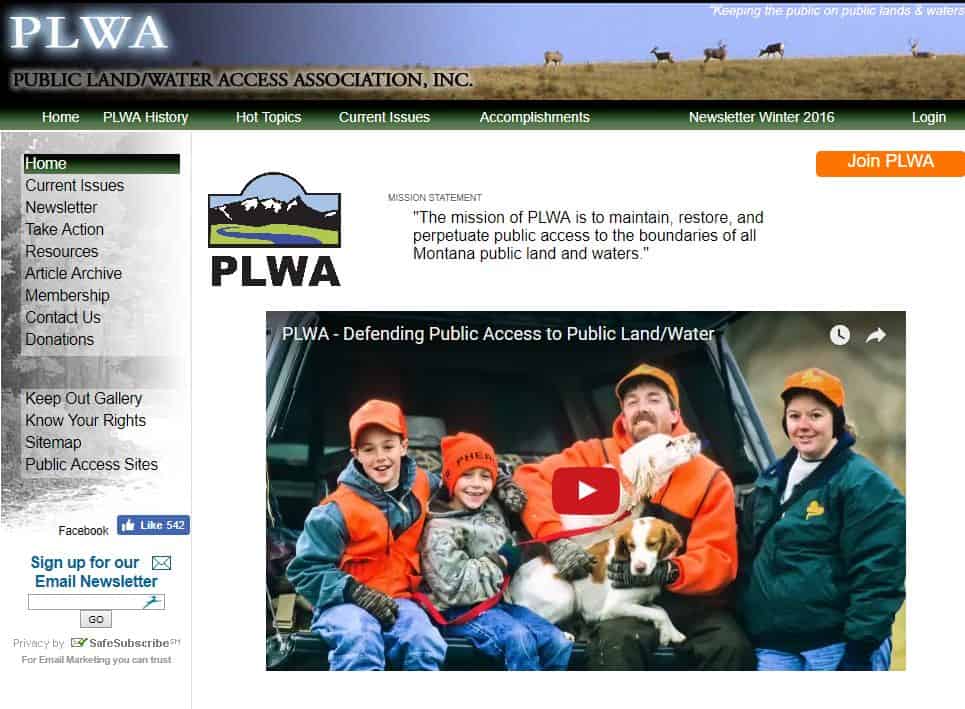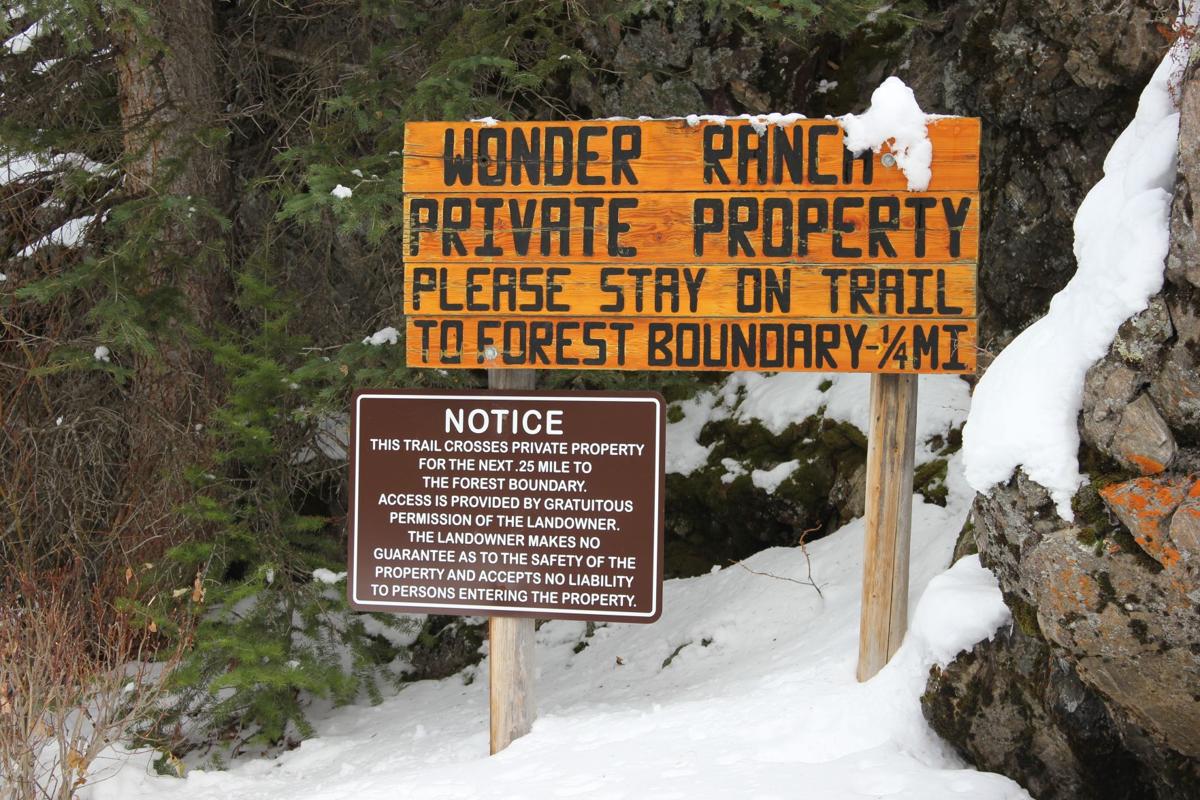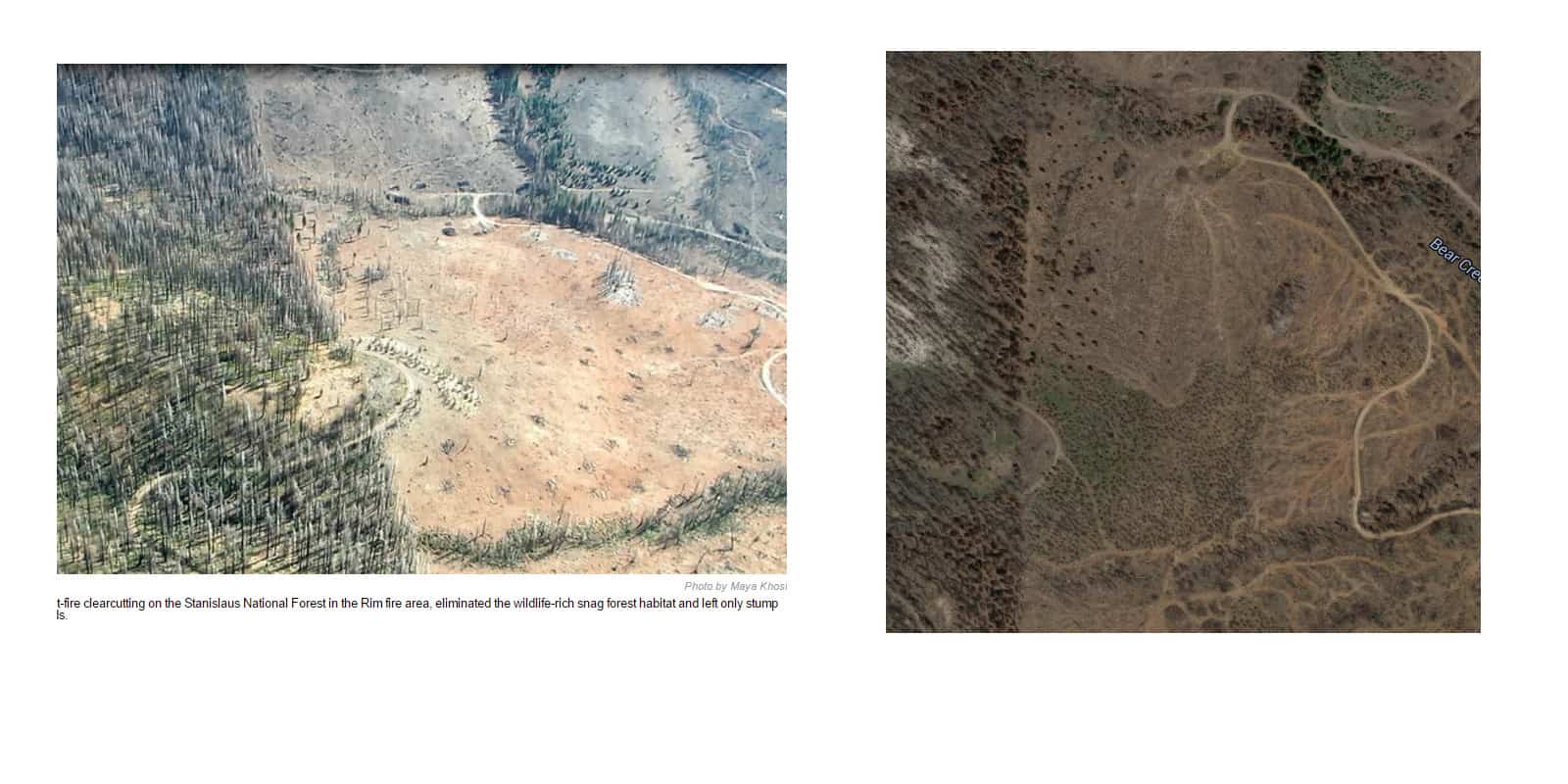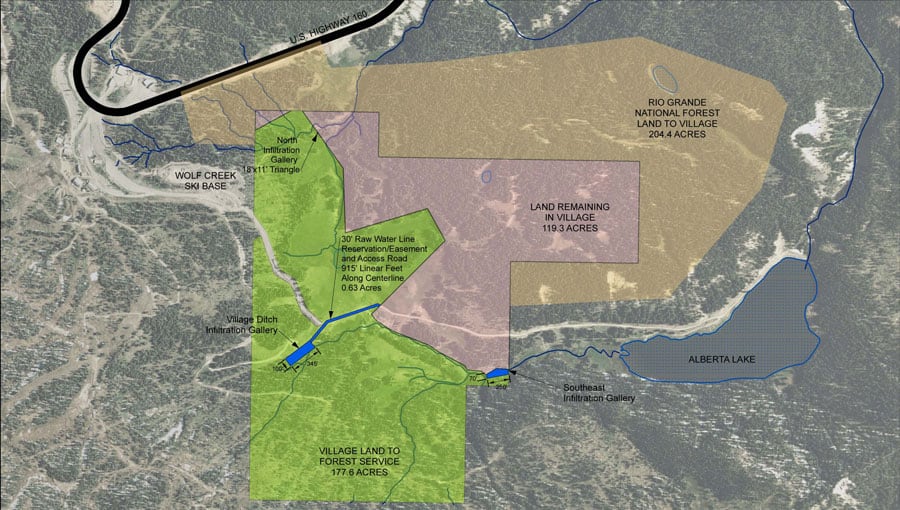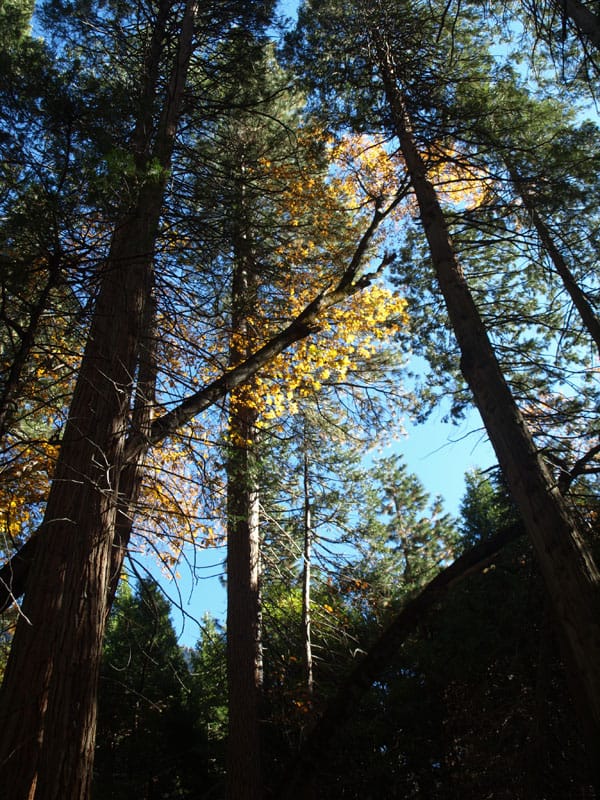 Logs taken from the Trinchera Ranch wait to be processed at Blanca Forestry Products, a sawmill outside of Blanca, Colorado on Wednesday, Dec. 19, 2018. The mill employs some 70 people. Nathaniel Minor/CPR News[/captions] This is the mill billionaire Louis Bacon, owner of the 172,000 acre Trinchera Ranch in Colorado, built to process material from the ranch. Here’s a link to the story.
Logs taken from the Trinchera Ranch wait to be processed at Blanca Forestry Products, a sawmill outside of Blanca, Colorado on Wednesday, Dec. 19, 2018. The mill employs some 70 people. Nathaniel Minor/CPR News[/captions] This is the mill billionaire Louis Bacon, owner of the 172,000 acre Trinchera Ranch in Colorado, built to process material from the ranch. Here’s a link to the story.
The New York Times did a story here on rich people buying up and blocking off land in the Interior West. This is not news to us, but they have some interesting perspectives. Here is the story.
Some of the new owners have been welcomed. The cable magnate, John Malone, for instance, has been praised by the Nature Conservancy for his family’s conservation efforts, and other buyers have helped to clean up trails and restore pristine acres.
The arrival of this new class of landholders comes as the region is experiencing the fastest population boom in the country, which is driving up housing prices and the cost of living and leaving many residents fearful of losing their culture and economic stability.
In Idaho, Rocky Barker, a retired columnist for The Idaho Statesman, has called the conflict a “clash between two American dreams,” pitting the nation’s respect for private property rights against the notion of a beauty-rich public estate set aside for the enjoyment of all.
The clash, he said, is part of a larger transformation of the region — from an economy rooted in extraction to one based on recreation; from a working class culture to a more moneyed one. “Big landowners,” he said, “are just another new force.”
In the intermountain West, the purchases come amid a population boom that has exacerbated local concerns about the loss of space and culture. Last year, Idaho and Nevada were the fastest growing states in the nation, followed closely by Utah, Arizona and Colorado.
These new buyers have become a symbol of a bigger problem: The gentrification of the interior West.
In 2018, more than 20,000 Californians arrived in Idaho; home prices around Boise also jumped 17 percent. This has meant not just new subdivisions and microbreweries, but also packed schools, crowded ski trails and heightened anxiety among teachers, plumbers and others, who are finding that they can no longer afford a first home.
Many landowners are engaged in conservation and have entered into easements that limit future development on their parcels, and also provide them with significant tax breaks.
But setting aside land for conservation has not always staved off criticism.
In Idaho, the Wilks brothers did more than gate a few roads. They also revoked road-use contracts that propped up the region’s multimillion-dollar snowmobile industry, shut down hunting on their land and told timber companies to pull crews from the area. About 100 people lost their jobs.
No one claimed that those actions were illegal, but they heightened fears that local residents were losing control of the region. A 2017 video of a roadside argument between an armed Wilks guard and a local ATV rider traveled quickly around the state.
What is interesting to me about this is
(1) the idea that rich people buying private land and blocking access is bad (timber, snowmobiles and ATVs), but efforts to block the same activities on public lands (e.g. a certain National Monument) are good, because it’s good for the environment and ATVers tear up the landscape and so on.
(2) Maybe “rich people ownership” is good for the environment as the property won’t be recreated upon by lots of people nor subdivided?
(3) Also, perhaps part of the reason some in San Juan County are not fans of Monumentizing Bears Ears has to do with not wanting gentrification nor a “more moneyed culture.” Here’s a link to two points of view on urban gentrification (is it saving or ruining LA). Do the arguments sound familiar?

